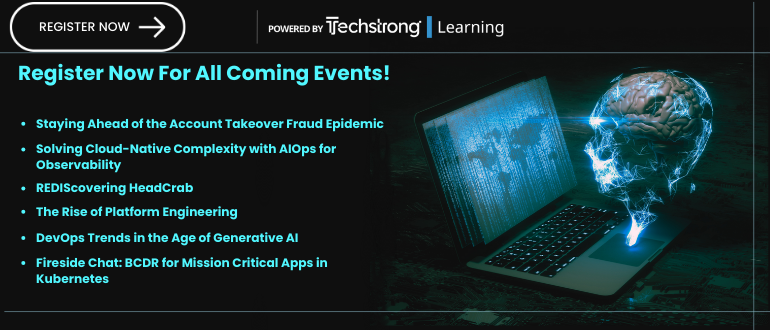
2024-2-7 23:1:54 Author: securityboulevard.com(查看原文) 阅读量:5 收藏
Bad actors are highly intelligent and can easily circumvent existing security measures. Need more proof?
A notable example is the MGM attack in Las Vegas, where administrative passwords were obtained through a phone call. Recent MOVEit vulnerabilities left the door open for cybercriminals to exploit, affecting organizations like the Pentagon and the DOJ.
It is prudent to assume that these bad actors will find their way in, and once they gain access, they will spend their dwell time planning how to inflict maximum damage and hamper an organization’s recovery.
Detecting, analyzing and determining the fastest path to recovery has long been a challenge. This is where artificial intelligence can make a significant difference. AI can help in understanding the patterns of data corruption from attacks, enabling organizations to return to normal business operations swiftly.
Mitigating the destructive effects of ransomware is a top priority for organizations that have fallen victim to attacks. Every day an organization, such as a hospital, government agency or manufacturer, remains down due to ransomware has a substantial impact on their bottom line. The recent attacks on MGM and Clorox serve as stark examples, with financial losses reaching hundreds of millions of dollars. The recovery process takes weeks, incurring substantial costs and damaging the organization’s reputation.
But why is recovery so challenging? Why can’t existing backup procedures support recovery from cyberattacks?
The answer lies in the fundamental differences between disaster recovery and cyber recovery. Disasters like fires and floods do not tamper with data, whereas cyberattacks corrupt and manipulate specific files, databases and even core infrastructure. Relying on traditional backup software for recovery often leads to costly surprises. Many attacks encrypt or corrupt backup images or sever connections to cloud-based backups. Cybercriminals don’t make recovery easy; they know how to corrupt data and even backups without detection.
The key to successful recovery is understanding what data needs to be restored. What files are corrupted? What servers were impacted? Have critical databases been tampered with? When were the files modified by malware? In what backups can clean files be found? Answering these questions after an attack when attempting to recover from backups will require massive, time-consuming effort.
Validating data integrity before an attack occurs is essential for intelligent recovery. Data validation should be an ongoing process, integrated with existing data protection strategies, to ensure the content remains clean and secure. Data validation removes the mystery surrounding malicious activities stemming from ransomware attacks, even those employing sophisticated variants that are difficult to detect.
Sophisticated ransomware attacks require advanced approaches to inspect data integrity. This involves examining millions of data points through continuous observations. These data points delve deep into file and database content, enabling a thorough understanding of how they change over time.
Only advanced analytics combined with AI-based machine learning can handle this level of forensic analysis. Machine learning algorithms, trained to recognize patterns of corruption used by bad actors, can interpret these data points and make informed decisions about data integrity. Automating this inspection process with AI enables the analysis of vast amounts of information that would be impractical for humans to process.
Using data points and AI-based machine learning is employed daily in various applications, such as securely unlocking smartphones and providing access to bank accounts and medical records. It relies on capturing numerous data points to ensure security. Without an adequate number of data points, security could be breached easily.
Holding your phone in front of your face, many visual data points are captured, and since the phone has been trained to recognize your face and not your doppelgangers, machine learning will unlock it. The training can include what your face looks like even if it changes and includes glasses, for example. If this process did not include a significant number of data points, the security could easily be breached, and the phone would be unlocked very easily by people who have similar facial characteristics. Not a reliable model. In the case of cybersecurity, the combination of abundant data points with AI and machine learning is the only reliable model to inspect data for integrity.
Bad actors are smart and are themselves increasingly using AI to develop advanced approaches. AI is a powerful tool for malicious purposes. It’s equally powerful in detecting corruption due to ransomware and facilitating intelligent and rapid recovery. Without AI, organizations will continue to suffer and struggle with recovery when faced with cyberattacks. With AI, they gain the tools to minimize downtime and data loss. The stakes are high, with millions of dollars and corporate reputations hanging in the balance.
Recent Articles By Author
如有侵权请联系:admin#unsafe.sh
